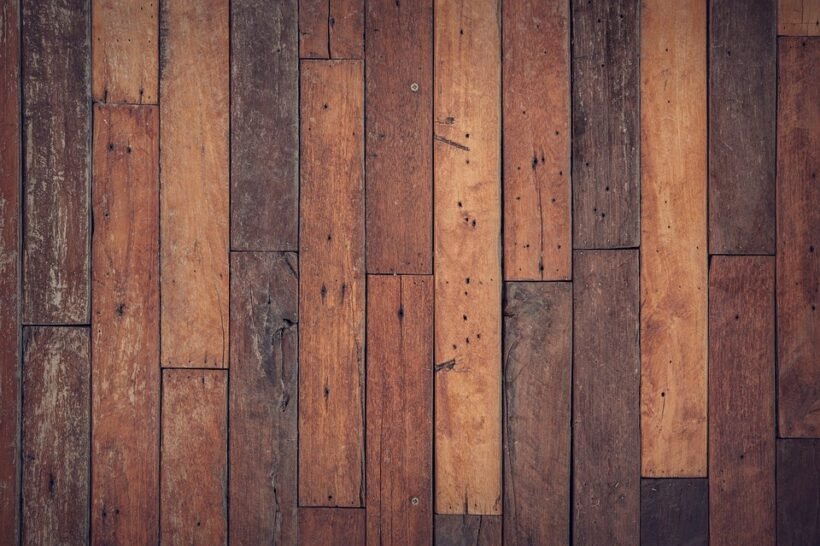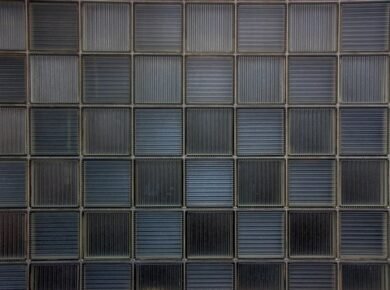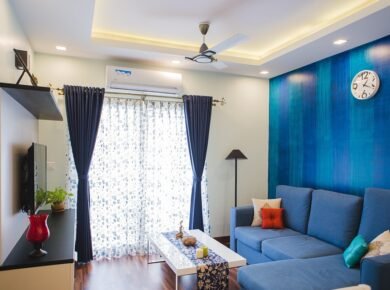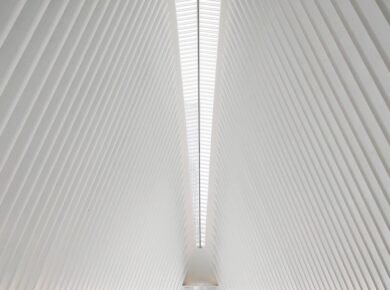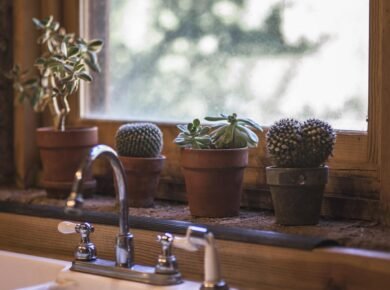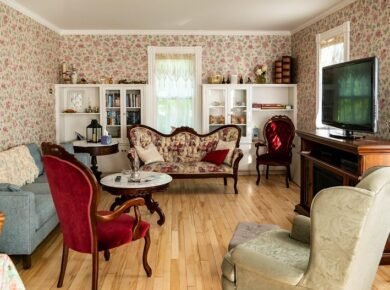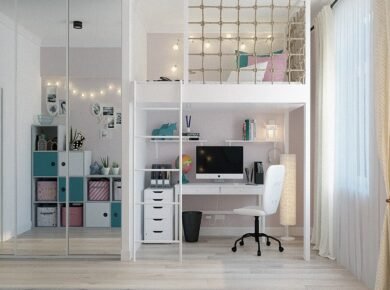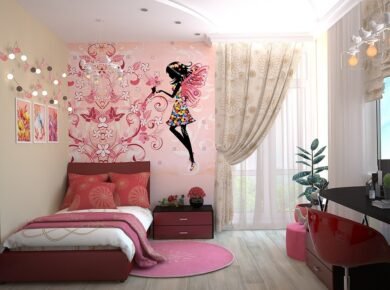The Enduring Principles of Scandinavian Design
Scandinavian design, often synonymous with minimalism and functionality, emerged in the mid-20th century from the Nordic countries of Denmark, Sweden, Norway, Finland, and Iceland. Rooted in the region’s harsh climates and resource-scarce environments, it prioritizes simplicity, natural materials, and practical beauty. In 2025, these principles continue to resonate, offering a counterbalance to the fast-paced, tech-saturated world. Designers and consumers alike turn to Scandinavian aesthetics for their ability to create serene, efficient living spaces that promote well-being without excess.
At its core, Scandinavian design embodies the philosophy of “less is more.” Clean lines, neutral color palettes, and an emphasis on craftsmanship avoid the clutter of ornate styles. This approach not only enhances visual appeal but also fosters a sense of calm, aligning with modern psychological needs for mental health. In an era where remote work and hybrid lifestyles dominate, homes designed with Scandinavian influences serve as multifunctional sanctuaries, blending work, rest, and leisure seamlessly.
Functionality Meets Form in Everyday Living
One of the key reasons Scandinavian design thrives in 2025 is its unwavering focus on functionality. Furniture and decor are not mere ornaments; they are tools engineered for real life. Multifaceted pieces, like modular shelving or extendable tables, adapt to changing needs, from small urban apartments to expansive family homes. This versatility is particularly relevant today, as urbanization and sustainability concerns push for space-efficient solutions.
Consider sideboards, a staple in Scandinavian interiors. These versatile storage units provide ample space for dining essentials while doubling as display areas for plants or books, maintaining the minimalist ethos. Retailers like Sideboards & Things exemplify this tradition with their durable sideboards, buffets, and accent cabinets. The founder, Natalya, sources collections globally, blending cultures and styles while prioritizing sustainably sourced materials such as repurposed wood and iron, finished with environmentally friendly paints. Their offerings, including the Remix Travertine Top Round Coffee Table, Oasis Solid Wooden Storage Coffee Table, and Mappa Wooden Rectangular Coffee Table, capture the essence of Scandinavian practicality with natural textures and robust construction, ensuring longevity in contemporary settings.
This functional design extends to textiles and lighting, where soft, diffused light from pendant lamps and organic fabrics like wool or linen create cozy atmospheres. In 2025, with energy efficiency at the forefront, LED-integrated Scandinavian-inspired fixtures offer both aesthetic warmth and practical savings, reducing environmental impact without compromising style.
Natural Materials and Sustainability: A Timeless Commitment
Scandinavian design’s use of natural materials—think birch, oak, and wool—has always been a hallmark, drawing from the abundant forests and landscapes of the North. This connection to nature not only yields pieces with inherent warmth but also underscores a deep-seated sustainability ethic. In 2025, as climate awareness peaks, this aspect makes Scandinavian design more relevant than ever. Consumers seek products that minimize ecological footprints, and Nordic influences deliver through ethical sourcing and durable builds that reduce waste.
Modern retailers are amplifying this sustainability focus. LOOMLAN (https://loomlan.com/), an online retailer specializing in home furnishings and decor, integrates Scandinavian principles into their portfolio. They offer furniture such as sideboards, dining chairs, bookcases, sofas, buffets, and bedroom benches, alongside tables like accent and coffee tables, washable indoor-outdoor rugs, and decorative pillows. What sets LOOMLAN apart is their emphasis on “Zero-VOC finishes” in sideboards, promoting healthier indoor air quality by reducing harmful emissions. Customer support and order tracking via a chat function on their website ensure a seamless experience, making it easy to incorporate sustainable, Scandinavian-style pieces into homes.
For outdoor spaces, Scandinavian design’s indoor-outdoor fluidity shines. Extending the minimalist indoor vibe to patios and gardens creates cohesive living areas. LOOMLAN Outdoor (https://loomlanoutdoor.com/) specializes in luxury outdoor living, emphasizing superior craftsmanship, sophisticated design, innovation, and durable materials. Committed to sustainable practices, they utilize earth-friendly materials like wicker (100% virgin vinyl with UV inhibitors), FSC-certified fast-growing Teak and reclaimed Teak, and aluminum for furniture frames. Their offerings include outdoor seating, tables, and lounge furniture, such as daybeds, patio sets, and patio chairs, allowing homeowners to enjoy Nordic tranquility year-round, even in variable 2025 weather patterns influenced by climate shifts.
Customization and Innovation in a Modern Context
While rooted in tradition, Scandinavian design evolves with innovation, adapting to 2025’s technological and personalized demands. Customization options allow for tailored pieces that fit individual lifestyles, blending mass production with artisanal touches. This personalization counters the homogeneity of global manufacturing, offering a sense of ownership and uniqueness.
Uptown Sebastian (https://uptownsebastian.com/) embodies this evolution through their commitment to American manufacturing and sustainability. Working with manufacturers that design and benchmark furniture using top-grain leathers, they emphasize “AMERICAN MADE products” with customizable options. Adhering to high industry standards, their furniture aligns with Scandinavian values of quality and ethics, providing sofas, chairs, and tables that can be adapted for modern interiors. This approach ensures that even in a digitally connected world, furniture remains a tactile, enduring investment.
Innovation also appears in smart integrations. Scandinavian designers are incorporating subtle tech, like wireless charging surfaces in coffee tables or app-controlled lighting, without disrupting the clean aesthetic. This fusion maintains the design’s purity while enhancing usability—imagine a sleek sideboard from Sideboards & Things hiding charging ports behind its repurposed wood facade, blending form and 21st-century function.
Wellness and Hygge in a Post-Pandemic World
The concept of hygge, Denmark’s embrace of coziness and contentment, remains a cornerstone of Scandinavian design’s appeal. In 2025, post-pandemic priorities around wellness amplify hygge’s importance. Homes are designed as retreats, with soft textiles, layered lighting, and biophilic elements like indoor plants fostering emotional resilience.
LOOMLAN’s decorative pillows and rugs, with their washable, indoor-outdoor options, facilitate this hygge lifestyle by providing easy-to-maintain comfort. Similarly, Uptown Sebastian’s customizable leather pieces invite personalization for intimate spaces, using sustainable leathers that age gracefully, much like Scandinavian heirlooms. Outdoor extensions via LOOMLAN Outdoor encourage al fresco hygge, with durable Teak lounge sets promoting relaxation amid nature.
Health-conscious choices, such as LOOMLAN’s Zero-VOC finishes, address rising concerns over indoor air quality, especially in tightly sealed smart homes. Sideboards & Things’ eco-friendly paints further this trend, ensuring that Scandinavian-inspired decor supports physical health alongside mental peace.
Global Influence and Accessibility
Scandinavian design’s global reach in 2025 stems from its accessibility. Affordable reproductions and high-end interpretations make it attainable for diverse budgets. Online platforms democratize access, with retailers like LOOMLAN providing detailed product views and chat support to guide purchases.
The blend of cultures seen in Sideboards & Things’ global sourcing enriches Scandinavian minimalism, introducing subtle global motifs without overwhelming the core simplicity. Uptown Sebastian’s American-made focus localizes these principles, supporting domestic economies while upholding Nordic standards of quality.
In urban high-rises or suburban retreats, Scandinavian design scales effortlessly. Its emphasis on light maximization suits energy-efficient buildings, with pale woods and whites reflecting natural light to create airy spaces. For outdoor-urban hybrids, LOOMLAN Outdoor’s aluminum-framed pieces withstand city pollution, extending design integrity to balconies and rooftops.
As 2025 unfolds, Scandinavian design’s adaptability—through sustainable materials, innovative features, and wellness focus—ensures its vitality. Retailers bridging tradition and modernity, like those mentioned, make it easier to adopt, proving that timeless principles evolve without losing essence.
Recommended Stores

LOOMLAN
Home furnishings and decor with Zero-VOC finishes: sideboards, dining chairs, sofas, rugs, and more.

LOOMLAN Outdoor
Luxury outdoor seating, tables, and lounges. Sustainable FSC teak, aluminum, and UV-stable wicker.

Sideboards & Things
Durable sideboards, buffets, and accent cabinets. Repurposed woods, eco-friendly finishes, and unique global styles.

Uptown Sebastian
American-made customizable furniture in top-grain leathers. Premium craftsmanship with a focus on sustainability.
